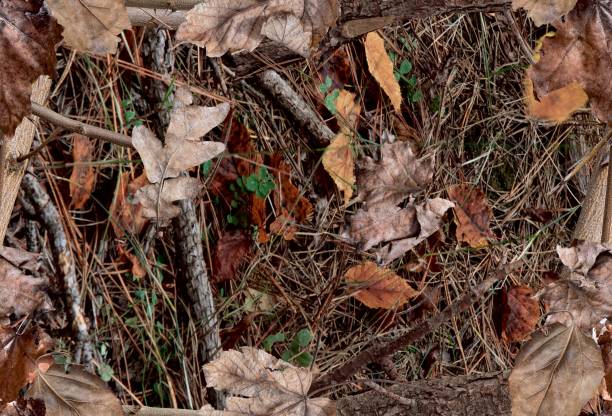
Fall leaves on the bush. Ideal for hunting and military purposes. Realistic camouflage seamless pattern.
Browse 35,800+ tree camo stock photos and images available, or search for real tree camo or tree camo pattern to find more great stock photos and pictures.

Fall leaves on the bush. Ideal for hunting and military purposes. Realistic camouflage seamless pattern.
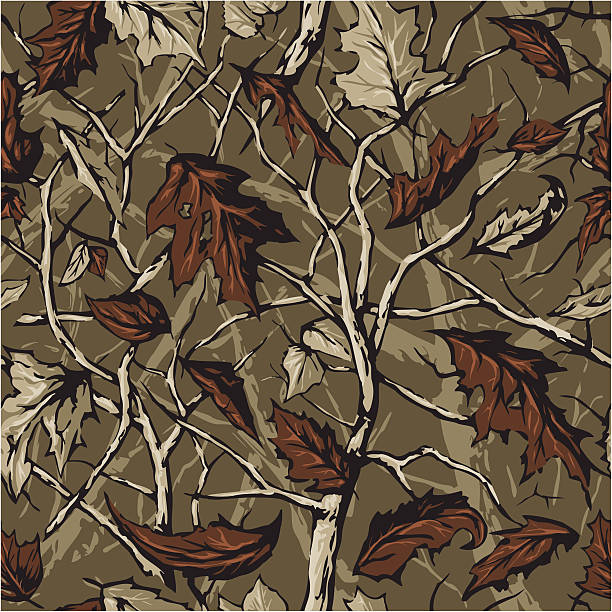
Tileable stock illustration of a Real Tree like camouflage. This image tiles beautifully for any size print. The colors are grouped and can easily be changed. This illustration is shown in fall camouflage colors and can become winter or summer. Enjoy!
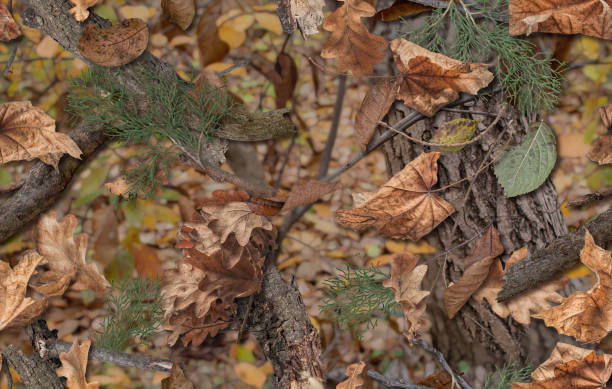
Realistic camouflage seamless pattern. Hunting camo for cloth, weapons or vechicles. Autumn camouflage of fallen leaves
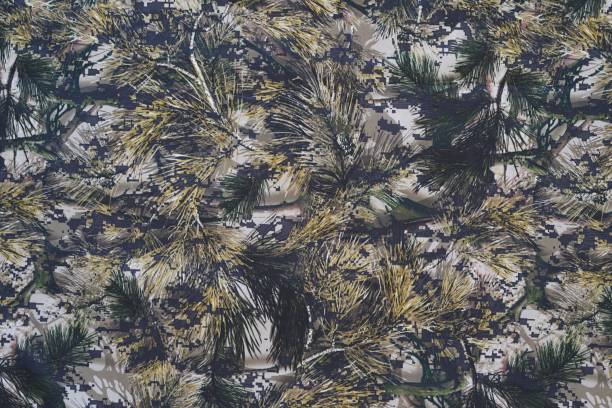
masking natural coniferous pattern on camouflage fabric for abstract background or wallpaper
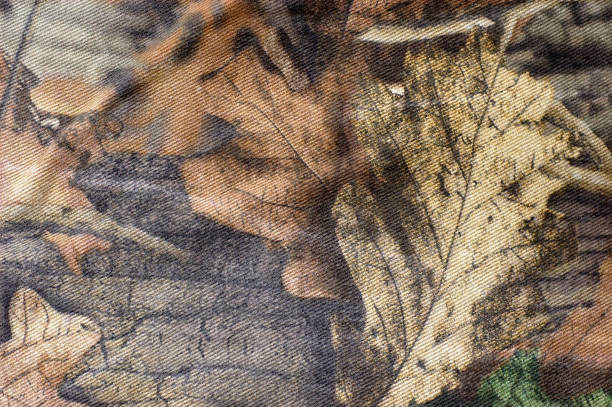
Camouflage jeans fabric pattern
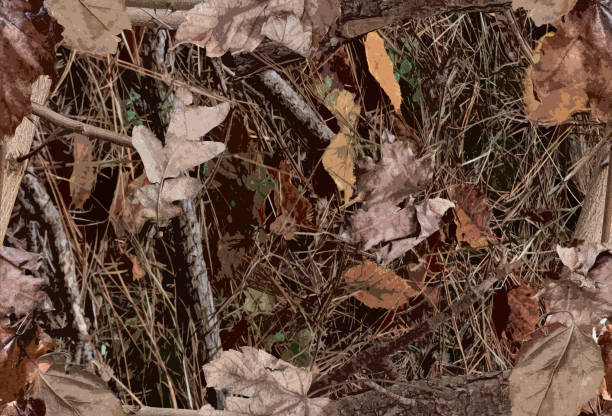
A Woodland Camouflage Pattern for hunting and military purposes

abstract forest floral camouflage pattern on fabric for background and wallpaper

Seamless vector pattern with pine tree silhouettes. Perfect for textile, wallpaper or print design.

Typical seamless camouflage pattern in dark green colors

Seamless khaki blue green camouflaged abstract textured floral winter Christmas plant patterns wallpaper vector background

Photo of a hunting forest camouflage textured cloth.
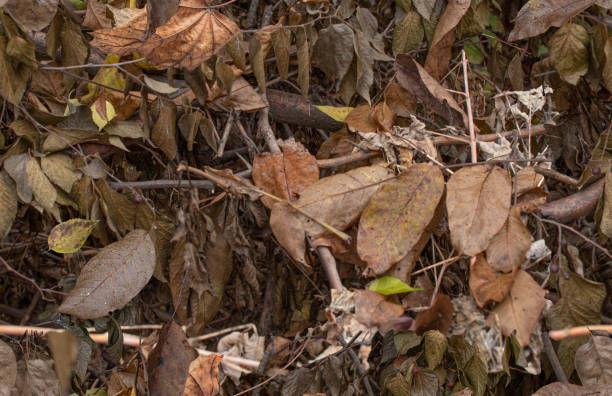
Realistic camouflage seamless pattern. Fall leaves. Ideal for hunting and military purposes. Hunting camo for cloth, weapons or vechicles

Closeup abstract of the bark of a plane (Venice, Italy)

Camouflage netting in shades of green and brown hanging on a fence.More green or brown backgrounds:
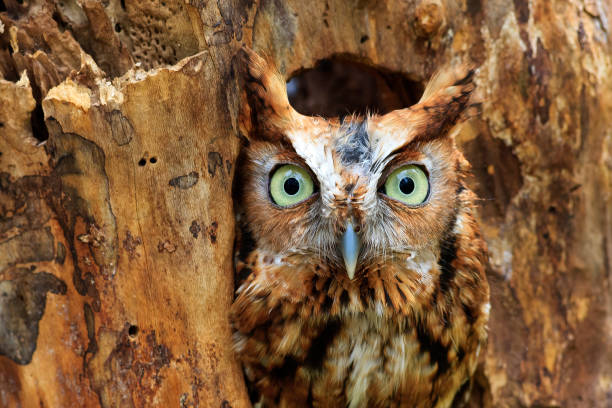
An Eastern Screech Owl peeking out of hole in the tree

Two Red Deer Stag, one with a strange hairstyle. Part of the annual Rut
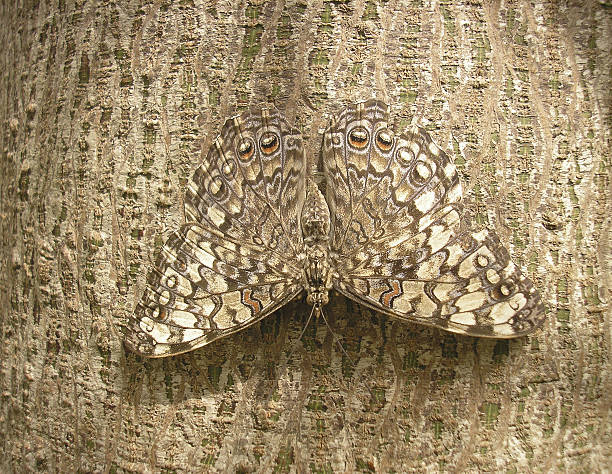
Camouflage of a butterfly on the bark of a tree
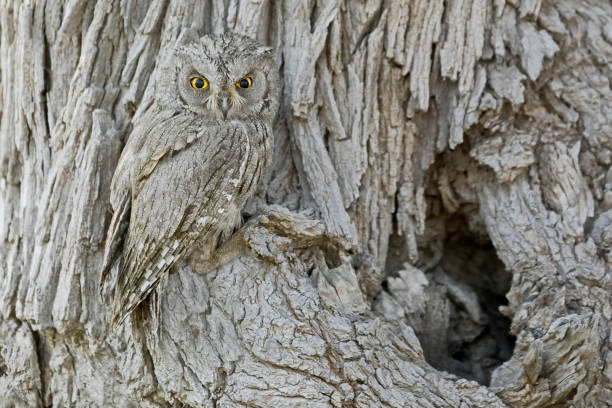
The camouflage and concealment strategies of various animal species have been widely studied, but scientists from Exeter and Cambridge universities have discovered that individual wild birds adjust their choices of where to nest based on their specific patterns and colours. "This is not a species-level choice. "Individual birds consistently sit in places that enhance their own unique markings, both within a habitat, and at a fine scale with regards to specific background sites." individual birds chose backgrounds that enhanced their camouflage to the visual systems of their main predators -- being better matched to their chosen backgrounds than to other places nearby. The researchers say it is not yet clear how individuals choose places to suit their appearance. "It could be that somehow they 'know' what they look like and act accordingly," Professor Stevens said. "They may look at themselves, their eggs and the background and judge whether it's a good place to nest, or learn over time about what kinds of places their eggs escape being eaten." In frame : Pallid scops owl or striated scops owl. Owing to its small body size, the pallid scops-owl mainly feeds upon insects, such as beetles, moths, locusts and mole crickets. Nevertheless, it is also capable of taking small mammals, such as rodents, shrews and bats, along with small birds and lizards. This species typically hunts from a perch, swooping down to pluck prey from branches or the ground, but may also catch aerial prey on the wing. While the pallid scops-owl is predominantly a nocturnal hunter, it has also been observed foraging in the morning and afternoon.

Seamless forest green triangle Christmas trees pattern background illustration
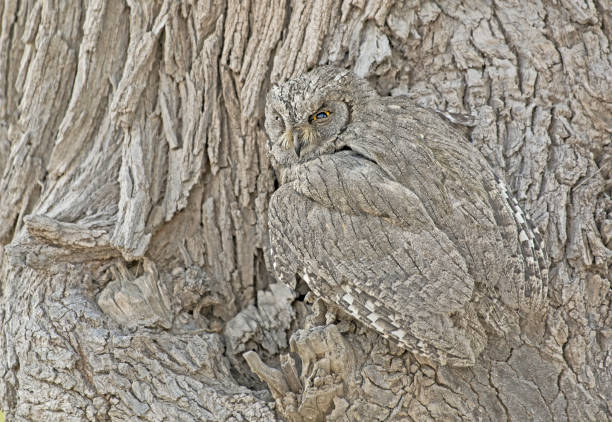
The camouflage and concealment strategies of various animal species have been widely studied, but scientists from Exeter and Cambridge universities have discovered that individual wild birds adjust their choices of where to nest based on their specific patterns and colours.

Seamless abstract grunge camouflage pattern with forest nature objects. Dry sticks, spruce branches, mushrooms. Wild nature. For apparel, fabric, textile, sport goods.
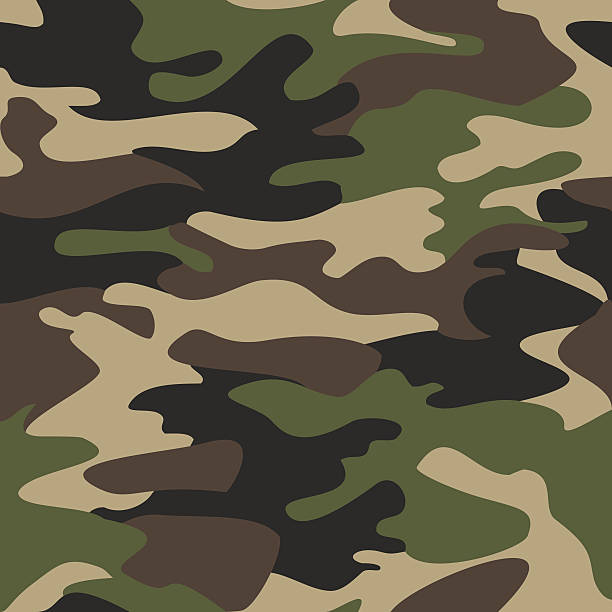
Camouflage pattern background seamless vector illustration. Classic clothing style masking camo repeat print. Green brown black olive colors forest texture

Deep Forest Realistic Camouflage Pattern
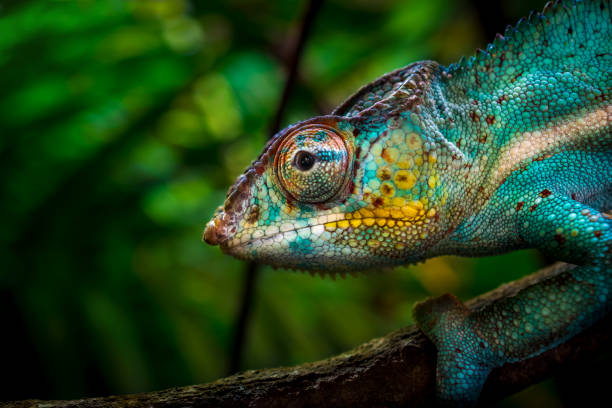
Close-up of a colorful chameleon on a tree. Although it seems easily visible, vivid colors provide him an excellent camouflage in a tropical forest. (shallow DOF)
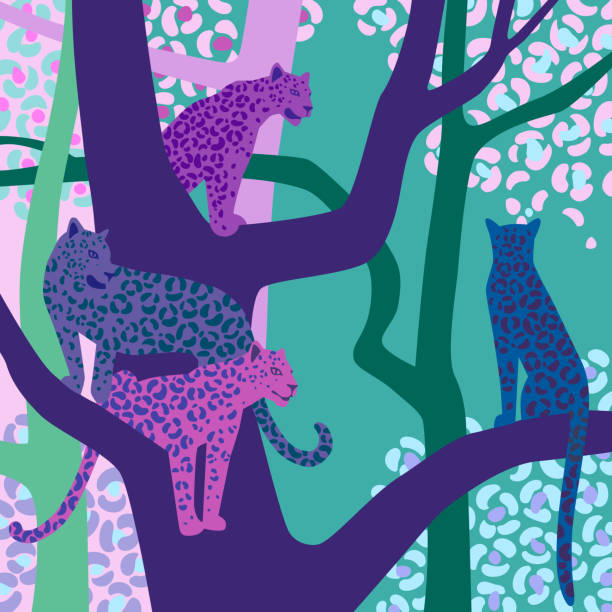
Leopards sit on tree branches. Vector wildlife illustration. Wild animal background in trendy flat cartoon design. Square canvas. Template for scarf, shawl, kerchief, card, poster.

Snake camouflage. Vipera aspis detail on a trunk surface. Vertical

Eastern Screech Owl, finding shelter in a tree cavity

Hand drawn vector vintage patches. Isolated on light grey background.

Eastern Screech Owl camouflaged in the forest
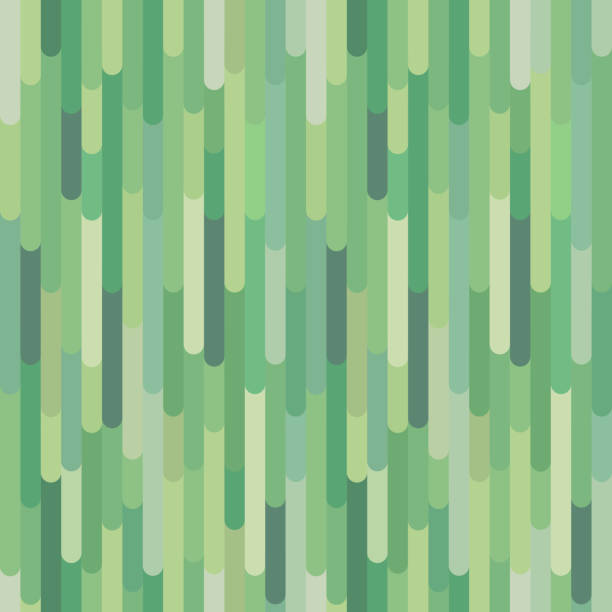
Vertical green stripes vector seamless pattern. Abstract organic forest background texture. Decorative design element for print, fabric, card, banner, cover, invitation, website, wallpaper. Eps 8
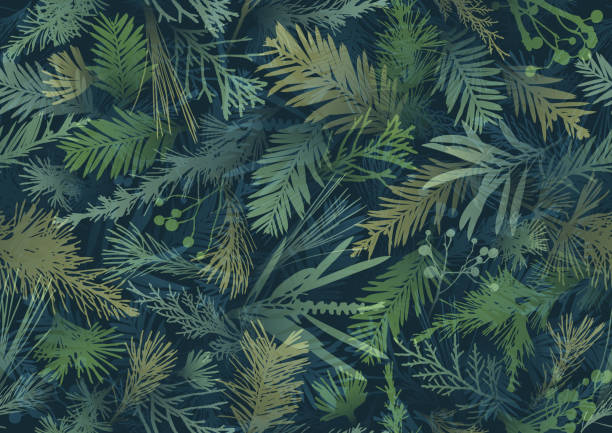
Seamless khaki green camouflaged abstract textured floral winter Christmas plant patterns wallpaper vector background

Mimicry of insects: 1-12 Imitation of green and withered leaves, twigs, and bark; 13-19) Imitation of inedible beetles and butterflies; 20-27) Imitation of dreaded insects (bees, wasps, ants) by those of other species; 28-30) Imitation of rotten objects. 1-2) Anaea phantes; 3) Anaea opalina; 4) Orange oakleaf (Kallima inachus); 5-8) Pterochroza colorata; erosa; cristata, arrosa; 9a-9b) Chrysalis (Papilio evander) - Imitation of a broken branch; 10) Caterpillar of Swallow-tailed moth (Ourapteryx sambucaria); 11) French stick insect (Clonopsis gallica); 12) Smooth tree bug (Phloea corticata); 13 Female Danaid Eggfly (Hypolimnas misippus); 14) Nymphalidae Hypolimnas Misippus (female); 15) Nymphalidae Hypolimnas Missipus (male); 16) Rhagium bifasciatum; 17) Tropidosoma Spencii; 18) Batus barbicornis; 19) tiger bug mimic (Correbia lycoides); 20-21) Brazilian butterflies (Pseudosphinx species) which mimic Ichneumonidae and wasps; 22) Mexican longhorn beetle (Charis species) which imitates a bee; 23) Hoverfly (Sericomyia silentis); 24) Drone fly (Eristalis tenax); 25) Sphiximorpha subsessilis; 26) Ctenostoma unifasciatum; 27) Myrmecoris gracilis; 28a-28b) Cocoon of Aides amanda (South America moth); 29) Tortrix moth (Tortrix ocellaria) imitates bird droppings on a leaf; 30) Desmiphora fasciculata imitates a woolly bear caterpillar. Lithograph, published in 1897.

Christmas background in vector. Camouflage background in vector

Camo forest green seamless vector pattern. Organic bold dense plant repeating background.

A pile of oak leaves.Similar Image:

Texture of the bark of a tree that resembles camouflage.

Seamless vector pattern with tree frog on textured blue background. Simple animal wallpaper design. Decorative camouflage fashion textile.

Seamless colorful gold vector trees or winter autumn forest Christmas on black background.
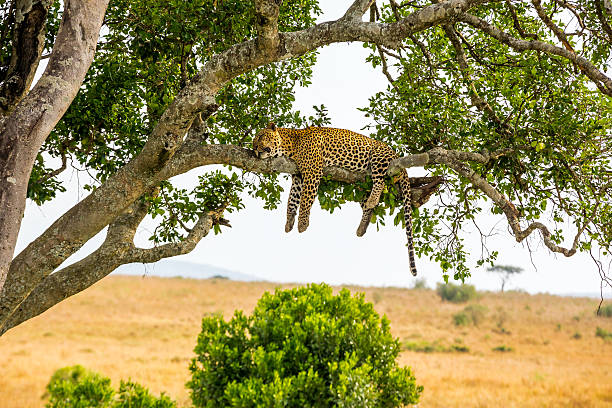
Leopard resting after eating / feeding with full stomach - very relax and free
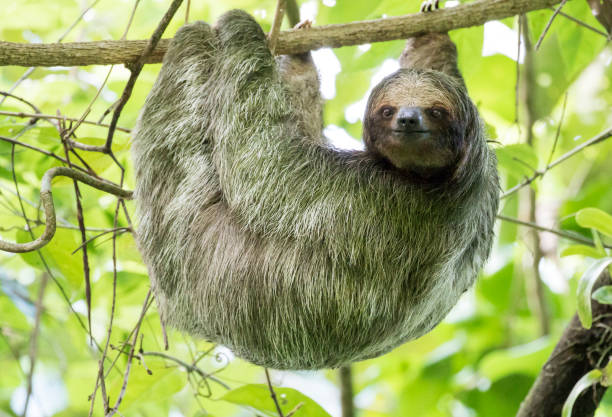
A side view of a Brown-throated three-toed sloth who is hanging on one branch with his face towards you.

Seamless camo khaki vector trees or winter forest Christmas background.
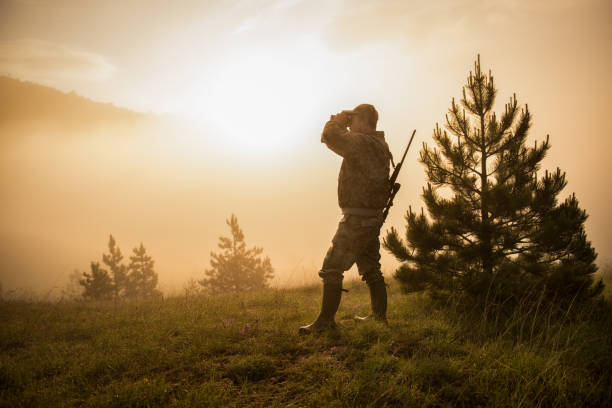
Portrait of hunter with rifle and binoculars in the forest. Bright sunlight is in the background.
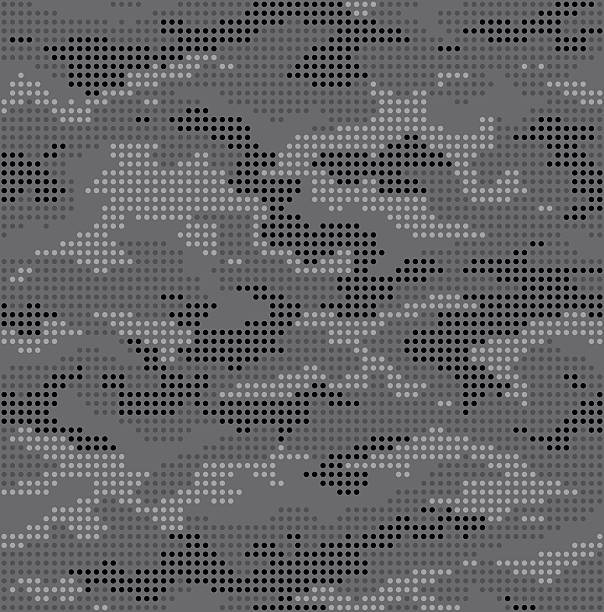
Seamless repeat pattern of modern dot camouflage in gray coloration.

Mountain Are My Happy Place Vector Illustration. Design Concept for background, t shirt, mug etc
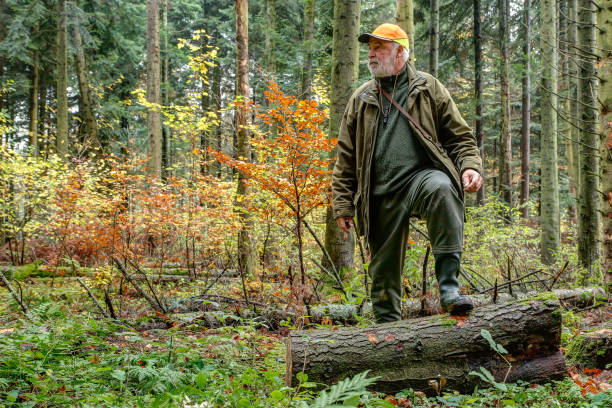
A hunter makes a stalking through his hunting grounds and climbs over a sawn tree trunk.